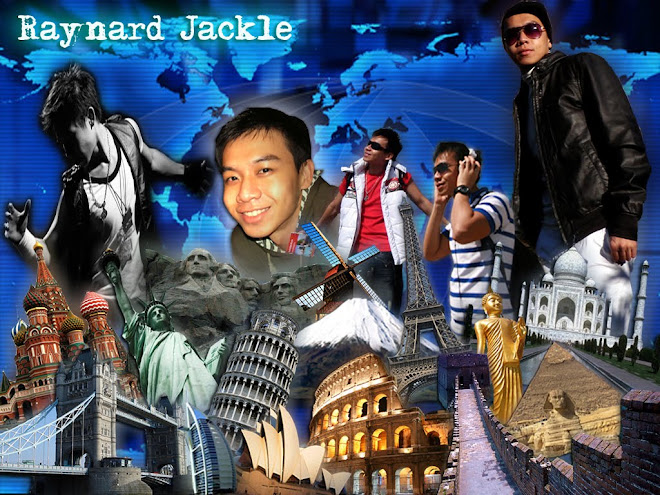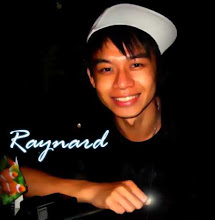Date: 7th - 11th Apr 2009
Flying Hours: 13 hours 30 mins
(GMT +0200)
An important settlement for more than two millennia, Paris is today one of the world's leading business and cultural centres, and its influence in politics, education, entertainment, media, fashion, science and the arts all contribute to its status as one of the world's major global cities. According to 2005 estimates, the Paris urban area is Europe's biggest city economy, and is fifth in the world's list of cities by GDP.
Paris and the Paris Region, with €533.6 billion (US$731.3 billion) in 2007, produces more than a quarter of the gross domestic product (GDP) of France. The Paris Region hosts 37 of the Fortune Global 500 companies in several business districts, notably La Défense, the largest purpose-built business district in Europe. Paris also hosts many international organizations such as UNESCO, the Organisation for Economic Co-operation and Development (OECD), the International Chamber of Commerce (ICC) and the informal Paris Club.
Paris is one of the most popular tourist destinations in the world, with 45 million tourists every year in the Paris Region, 60% of whom are foreign visitors. There are numerous iconic landmarks among its many attractions, along with world-famous institutions and popular parks.

 I took this shot at the roof top of Galeries La Fayette
I took this shot at the roof top of Galeries La Fayette
 Opera
Opera
I strongly recommend this little Japanese restaurant-Sushi Wasabi, nice food and with a very cheap price. It's located at the back street of Printemps shopping mall.

I used to come to Galeries La Fayette on a daily basis 8 years ago when I was once there working. My job was to buy bags in Channel boutique =)
 Opéra
Opéra 



 Opéra Metro station
Opéra Metro station
 The Eiffel Tower (French: Tour Eiffel) is an iron tower built on the Champ de Mars beside the Seine River in Paris. The tower has become a global icon of France and is one of the most recognizable structures in the world.
The Eiffel Tower (French: Tour Eiffel) is an iron tower built on the Champ de Mars beside the Seine River in Paris. The tower has become a global icon of France and is one of the most recognizable structures in the world.

 Along the Seine River
Along the Seine River











 Enjoying the view of Eiffel Tower
Enjoying the view of Eiffel Tower
 With my flatmate Nicholas Khoo
With my flatmate Nicholas Khoo Met Mr Duck while we're taking picture, I forced him to jump into the pond knowing the water is freaking cold =P
Met Mr Duck while we're taking picture, I forced him to jump into the pond knowing the water is freaking cold =P What am I doing? Just for the sake of taking funny picture rather than the normal pose
What am I doing? Just for the sake of taking funny picture rather than the normal pose




 With dear Monalisa
With dear Monalisa I was standing there to take picture 8 years ago with my daddy, time flies and I am back to this place again
I was standing there to take picture 8 years ago with my daddy, time flies and I am back to this place again
 Port De Choisy - Chinatown of Paris
Port De Choisy - Chinatown of Paris
My dad and I used to go to this supermarket to buy our groceries The supermarket beside our apartment
The supermarket beside our apartment Tour Mantoue, the apartment we used to stay last time
Tour Mantoue, the apartment we used to stay last time
This place is full of memories Chatelet
Chatelet
 The Louvre Museum (French: Musée du Louvre), located in Paris, is a historic monument, and a national museum of France. It is a central landmark, located on the Right Bank of the Seine in the 1st arrondissement (neighbourhood). Nearly 35,000 objects from the 6th millennium BC to the 19th century AD are exhibited over an area of 60,600 square metres (652,300 square feet).
The Louvre Museum (French: Musée du Louvre), located in Paris, is a historic monument, and a national museum of France. It is a central landmark, located on the Right Bank of the Seine in the 1st arrondissement (neighbourhood). Nearly 35,000 objects from the 6th millennium BC to the 19th century AD are exhibited over an area of 60,600 square metres (652,300 square feet).
The museum is housed in the Louvre Palace (Palais du Louvre) which began as a fortress built in the 12th century under Philip II. Remnants of the fortress are still visible. The building was extended many times to form the present Louvre Palace. In 1672, Louis XIV chose the Palace of Versailles for his household, leaving the Louvre primarily as a place to display the royal collection, including, from 1692, a collection of antique sculpture. In 1692, the building was occupied by the Académie des Inscriptions et Belles Lettres and the Académie Royale de Peinture et de Sculpture, which in 1699 held the first of a series of salons. The Académie remained at the Louvre for 100 years. During the French Revolution, the National Assembly decreed that the Louvre should be used as a museum, to display the nation's masterpieces.
The museum opened on 10 August 1793 with an exhibition of 537 paintings, the majority of the works being confiscated church and royal property. Because of structural problems with the building, the museum was closed in 1796 until 1801. The size of the collection increased under Napoleon when the museum was renamed the Musée Napoléon. After his defeat at Waterloo, many works seized by Napoleon's armies were returned to their original owners. The collection was further increased during the reigns of Louis XVIII and Charles X, and during the Second Empire the museum gained 20,000 pieces. Holdings have grown steadily through donations and gifts since the Third Republic, except during the two World Wars. As of 2008, the collection is divided among eight curatorial departments: Egyptian Antiquities; Near Eastern Antiquities; Greek, Etruscan, and Roman Antiquities; Islamic Art; Sculpture; Decorative Arts; Paintings; and Prints and Drawings


 Seafood Platter
Seafood Platter

 Madeleine
Madeleine
 QUICK used to be my favorite burger restaurant before I like Burger King
QUICK used to be my favorite burger restaurant before I like Burger King
 The Arc de Triomphe is a monument in Paris, France that stands in the centre of the Place Charles de Gaulle, also known as the Place de l'Étoile. It is at the western end of the Champs-Élysées. The triumphal arch honors those who fought for France, particularly during the Napoleonic Wars. On the inside and the top of the arc there are all of the names of generals and wars fought. Underneath is the tomb of the unknown soldier from World War I.
The Arc de Triomphe is a monument in Paris, France that stands in the centre of the Place Charles de Gaulle, also known as the Place de l'Étoile. It is at the western end of the Champs-Élysées. The triumphal arch honors those who fought for France, particularly during the Napoleonic Wars. On the inside and the top of the arc there are all of the names of generals and wars fought. Underneath is the tomb of the unknown soldier from World War I.The Arc is the linchpin of the historic axis (L'Axe historique) — a sequence of monuments and grand thoroughfares on a route which goes from the courtyard of the Louvre Palace to the outskirts of Paris. The monument was designed by Jean Chalgrin in 1806, and its Iconographic program pitted heroically nude French youths against bearded Germanic warriors in chain mail and set the tone for public monuments, with triumphant nationalistic messages, until World War I.
The monument stands 49.5 m (162 ft) in height, 45 m (150 ft) wide and 22 m (72 ft) deep. It is the second largest triumphal arch in existence. Its design was inspired by the Roman Arch of Titus. The Arc de Triomphe is so colossal that three weeks after the Paris victory parade in 1919, marking the end of hostilities in World War I, Charles Godefroy flew his Nieuport biplane through it, with the event captured in a newsreel.






 The Sacré-Cœur Basilica (French: Basilique du Sacré-Cœur, "Basilica of the Sacred Heart") is a Roman Catholic basilica and popular landmark in Paris, France, dedicated to the Sacred Heart of Jesus. The basilica is located at the summit of the butte Montmartre, the highest point in the city.
The Sacré-Cœur Basilica (French: Basilique du Sacré-Cœur, "Basilica of the Sacred Heart") is a Roman Catholic basilica and popular landmark in Paris, France, dedicated to the Sacred Heart of Jesus. The basilica is located at the summit of the butte Montmartre, the highest point in the city.








 Since 2007, the government of Paris has established over hundreds of this bicycle stations all over the town of Paris. It's for the rental to both local and tourist who wish to ride on it to tour around Paris, or travel to nearby destinations. For those who wish to rent the bicycle must register online and then use a prepaid card to scan at the machine at this station, then they can choose any of these bicycles to ride on.
Since 2007, the government of Paris has established over hundreds of this bicycle stations all over the town of Paris. It's for the rental to both local and tourist who wish to ride on it to tour around Paris, or travel to nearby destinations. For those who wish to rent the bicycle must register online and then use a prepaid card to scan at the machine at this station, then they can choose any of these bicycles to ride on. Lady of Liberty in Paris, France
Lady of Liberty in Paris, France
 Food that I had in Paris
Food that I had in Paris
















